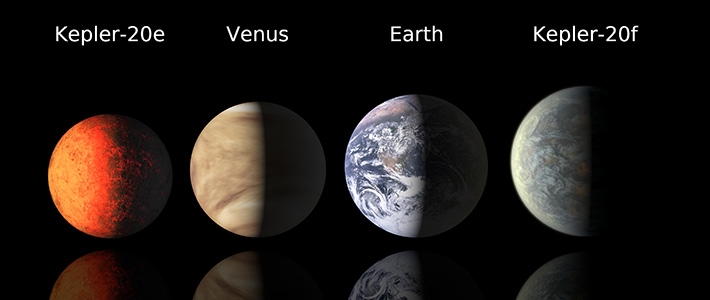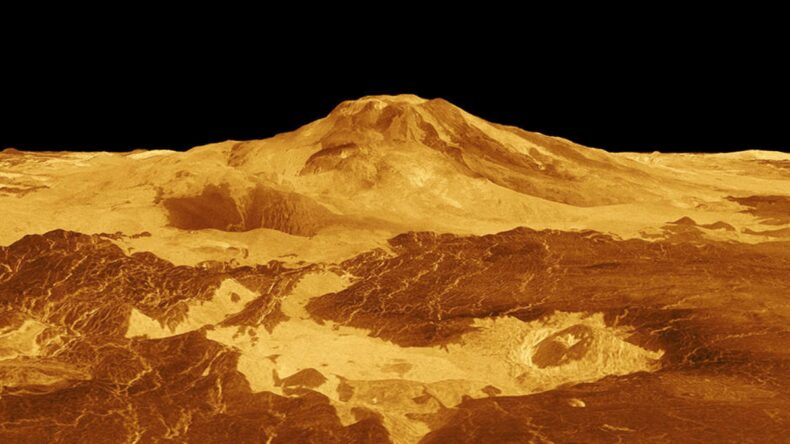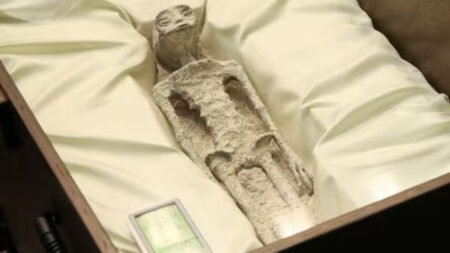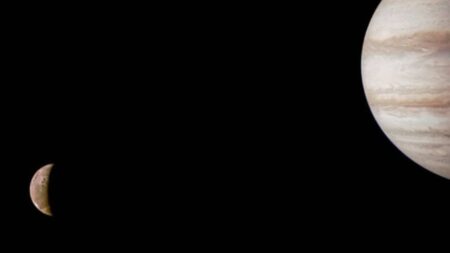Venus, Earth’s twin planet, has shown volcanic activity. The observations were made from data collected in 1991.
Table of Contents
A new analysis of images of Venus taken in 1991 has revealed that the hellish planet is geologically active. The images were from NASA’s Magellan spacecraft.
After observing, in particular, two pictures of Maat Mons, a volcano on the planet, taken eight months apart, the morphed surface of the volcano was revealed.
This research was made by Scott Hensley, a radar scientist at JPL (short for Jet Propulsion Laboratory), and Robert Herrick, a research professor at the University of Alaska Fairbanks and a member of VERITAS, after comparing the Magellan orbit’s images taken between February and October 1991, manually for over 200 hours.

Image Source: Phys.org
According to researchers at the University of Alaska Fairbanks, the volcanic surface had grown from 2.2 sq. km (0.85 sq. miles) to 3.9 sq. km (1.5 sq. miles).
The study was published on March 15 in the Science journal, and on the same day, the authors presented the findings at the 54th Lunar and Planetary Science Conference in Woodland, Texas.
According to Darby Dyar, an astronomer at Mount Holyoke University in South Hadley, Massachusetts, this is a striking find and has the potential to bring the space research community closer to understanding how the planet works. She is also the deputy principal investigator of the VERITAS mission.
Venus

Image Source: Forbes
Addressed as earth’s evil twin, Venus is a terrestrial planet possessing a similar size as the earth; however, the temperature there is a lot higher than our planet’s, around 450⁰C (842⁰F), and the pressure there is 100 times thicker than earth’s.
It is believed by scientists that the hellish planet before it became the way it is now, inhabitable, was habitable about 700 million years ago. Today, it is home to clouds of corrosive acid, intense heat, and crushing atmospheric pressure.
Geological changes were observed by Herrick on Atla Regio, a volcanic region near the equator of Venus, where two of its largest volcanoes are situated: Maat Mons and Ozza Mons.
The researchers believed volcanic activity existed on the planet because of these features:
- Formation of new coronae (large circular features)
- Sites having above-average temperatures are called “hotspots”
- the planet’s atmosphere contains phosphine gas and sulfur dioxide.

Image Source: Science
VERITAS
It is short for Venus Emissivity, Radio science, InSAR, Topography, and Spectroscopy. The project will be about studying the planet through an orbiter.
known as the earth’s twin, it is very similar to our planet, and hence it is essential to understand why the planet is that way and how it turned into a host of hell-like conditions with thick, heavy, and toxic environments, a lot of volcanic plains, extremely hot environments, and deformed terrains. This is why VERITAS was formed.
The mission is being overseen by NASA for now and is believed to go into action to map the surface of the planet in a decade, that is, around 2030. She also added that it is the lack of data that makes the question of whether Venus has volcanic activity still a question.

Image Source: Harvard Astronomy- Harvard University
Dyar believes that studying Venus will help researchers understand and learn more about the exoplanets present beyond the solar system and also help in understanding the workings of the earth. She added that many exoplanets are being discovered by researchers, and a lot of those are similar to Venus.
Herrick hopes that the recent study might motivate the study of the hellish planet and the launch of VERITAS. He believes Venus to be Earth’s true sibling.













